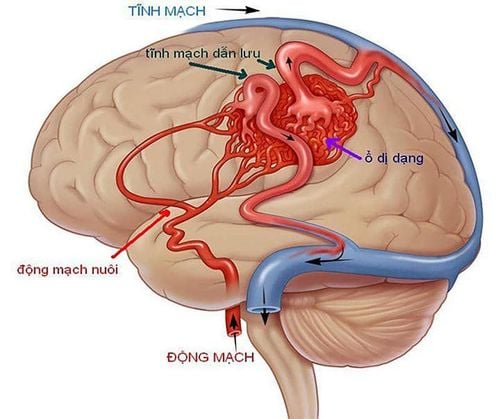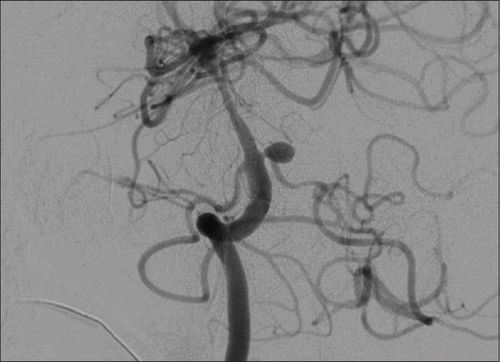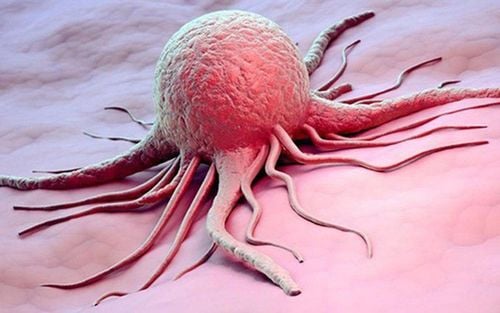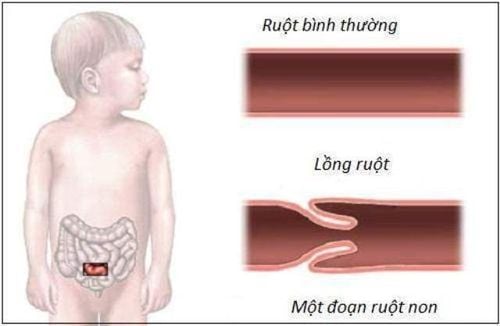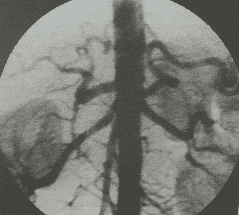This is an automatically translated article.
This article is professionally consulted by Master, Resident Doctor Tran Duc Tuan - Department of Diagnostic Imaging - Vinmec Central Park International General Hospital. The doctor has many years of experience in the field of imaging and interventional internal and external blood vessels.1. What is background digitized hysterosalpingography?
Digital erasure angiography is a combination of conventional vascular imaging techniques by Seldinger technique with computerized image processing techniques.DSA angiography of the uterus is an X-ray technique that uses iodinated contrast agents (contrast agents) to brighten blood vessels, to show the uterine vascular system. This iodized dye is completely harmless and will be eliminated from the body through urine
Before being performed, the machine will take an initial image without injecting contrast material into the patient's body. The contrast material is then injected into the blood vessel to be imaged (the uterine artery) through a catheter threaded through the skin into the femoral artery.
The machine will receive a moving image when the contrast material enters the body. The image processing unit will use images taken without contrast as background and exclude background images from images obtained with contrast (digitized background removal), which are the same static anatomical structures between 2 photos.
Background erasure digital angiography is indicated in:
Evaluation of uterine tumor blood supply; Suspected uterine vascular malformation; Prolonged bleeding after birth ; Uterine trauma with suspected vascular injury; Angiography to serve the interventional electro-optical technique; Angiography in preparation for uterine transplantation; Take photos according to the professional requirements of the treating doctor. Background digitized uterine angiography has no absolute contraindications. However, this method is relatively contraindicated in cases of blood clotting disorders, renal failure, history of allergy to iodinated contrast agents, and pregnant women.

2. The person performing the DSA technique of uterine artery
Specialist; Auxiliary physician; Electro-optical technician; Nursing; Doctor, anesthesiologist (if patient cannot cooperate).3. Means and drugs to prepare before DSA angiography
3.1 Machines and vehicles Digital background removal angiography (DSA); Dedicated electric pump; Film, film printer, image storage system; Lead shirt, apron to shield X-rays 3.2 Medicines to be prepared Local anesthetic; Pre-anesthesia and general anesthetic (if the patient has an indication for general anesthesia); Anticoagulants; Drugs that neutralize anticoagulants; Water-soluble iodinated contrast agent; Antiseptic solution for skin and mucous membranes 3.3 Prepare the patient before performing the DSA The patient is thoroughly explained about the procedure and process of digital uterine angiography to remove the background in order to cooperate with the doctor and the technicians. technician; The patient or adoptive family member must write a written consent to the procedure before performing the procedure; Patients need to fast, fast for 6 hours before or can drink no more than 50ml of water; After entering the intervention room for uterine angiography, the patient will lie in the supine position, and the technicians will install the machine to monitor vital signs such as breathing rate, pulse, blood pressure, electrocardiogram, and gas. arterial blood. In case the patient is uncooperative or aggressive, a sedative will be prescribed; Disinfect the skin surface with an antiseptic solution and cover with a sterile towel with holes.
4. Digital uterine angiography with background erasure
The process of digital uterine angiography erases the background includes the following steps:4.1 Anesthesia/anesthesia The patient lies in the supine position on the DSA table, the technician inserts an infusion line, usually a blood solution. 0.9% isotonic saline bar for infusion. For most cases of uterine angiography, the patient only needs local anesthesia.
However, in exceptional cases where pre-anesthesia is required, such as: children under 5 years of age, who do not have a sense of cooperation with doctors, or patients who are too excited or scared... then it is necessary to conduct anesthesia. whole body during the procedure.
4.2 Selection of technique and route of catheterization Using the Seldinger technique conventional angiography follows the catheter entrance routes such as: from the femoral aorta, the axillary artery, the brachial artery and the brachial artery. rotary artery.
However, in most cases of uterine angiography, access from the femoral artery is selected, unless the femoral artery cannot enter the remaining routes (axillary, brachial, radial). Bilateral femoral artery puncture can be performed depending on the desired location:
Right femoral artery access for left uterine angiography Left femoral artery access for right uterine angiogram. 4.3 Diagnostic uterine angiogram Sterilize and anesthetize the site to be punctured, then insert the needle and insert the tube into the lumen, insert the catheter into the internal iliac artery and then selectively enter the uterine artery. Carry out injecting 12-16ml of water-soluble iodinated contrast agent at 4ml/sec, pump under high pressure of 500PSI.
The series of films focus on the straight, anterior - posterior pelvic region to obtain arterial, venous and parenchymal phases or can be performed at a 45-degree angle. Sometimes ultra-selective angiography by inserting a selective microcatheter into the uterine artery branches is necessary.
After satisfactory scan, remove the catheter and catheter and apply manual pressure directly on the puncture site for about 15 minutes to stop bleeding, apply pressure on the wound for the next hour or use an instrument close the vessel.
4.4 Requirements for DSA results The image clearly shows the anatomical structures of the uterine artery system and detects lesions if any.

5. Complications may be encountered during the shooting process
5.1 Complications occurred during the scan Arterial tear causing bleeding or dissection of the artery at the puncture site. At that time, it should be handled by immediately stopping the procedure being done, applying pressure with your hand and bandaged for monitoring. Switch to poke at the opposite side entrance; Complications cause vasospasm, need to be monitored for 10-15 minutes or can use selective vasodilators to manage; The case of suspected arterial occlusion due to blood clots or embolism due to the detachment of atherosclerotic plaques (rare) should be recognized promptly for intervention and treatment with a specialist; Accidents caused by broken/broken catheters or wires in the vascular lumen, then need to use special tools to remove through endovascular intervention or have to have surgery. Complications caused by contrast agents. 5.2 Complications after the end of the procedure The position of the catheter may bleed or have hematoma, it is necessary to apply pressure and keep the patient lying motionless until the bleeding stops; The occurrence of bulging or arteriovenous catheterization (rare) can be managed by endovascular or surgical intervention; When there are signs of infection after the procedure, it is necessary to prescribe antibiotics for treatment. Vinmec International General Hospital is a high-quality medical facility in Vietnam with a team of highly qualified medical professionals, well-trained, domestic and foreign, and experienced.A system of modern and advanced medical equipment, possessing many of the best machines in the world, helping to detect many difficult and dangerous diseases in a short time, supporting the diagnosis and treatment of doctors the most effective. The hospital space is designed according to 5-star hotel standards, giving patients comfort, friendliness and peace of mind.
Please dial HOTLINE for more information or register for an appointment HERE. Download MyVinmec app to make appointments faster and to manage your bookings easily.





